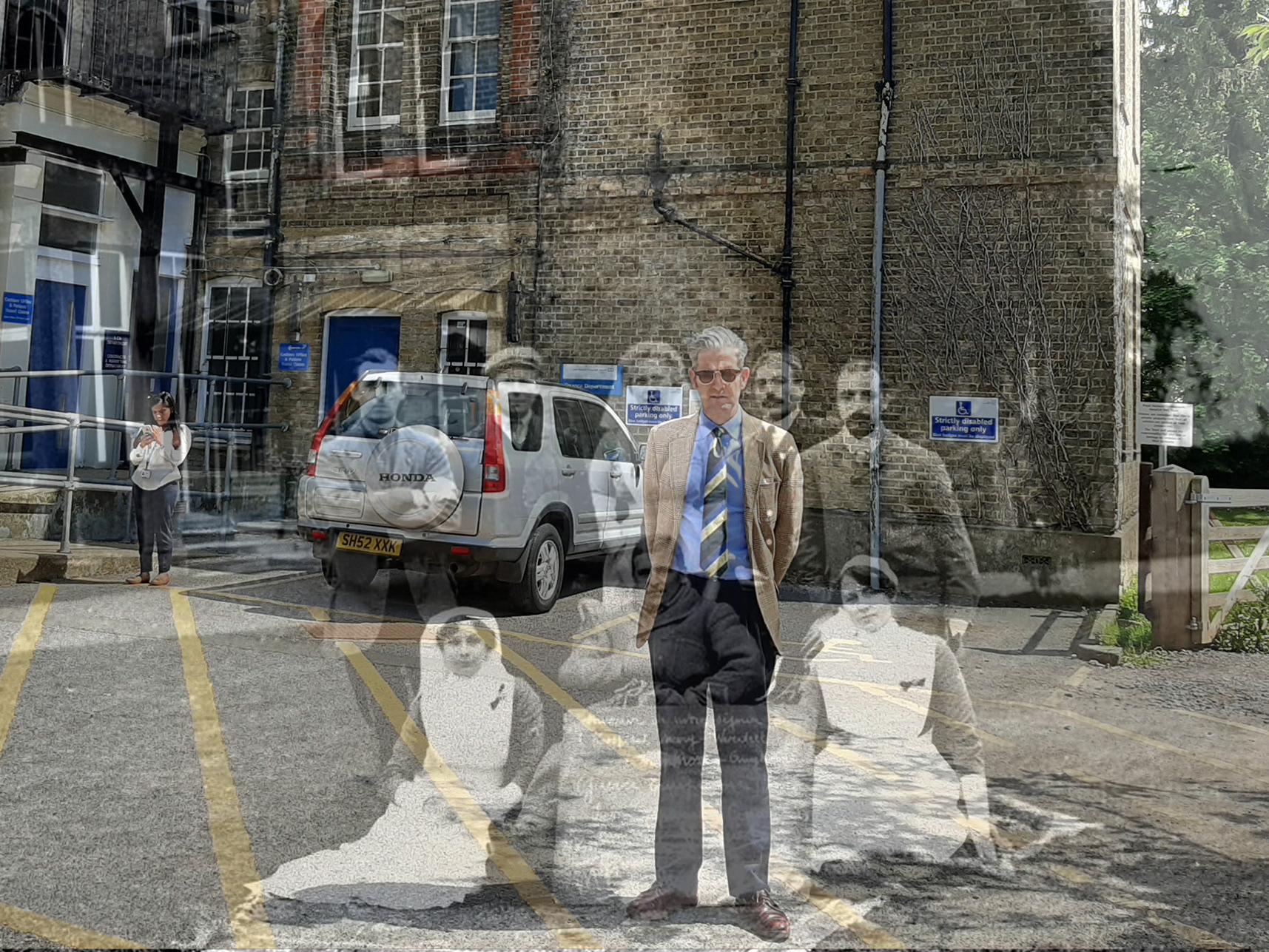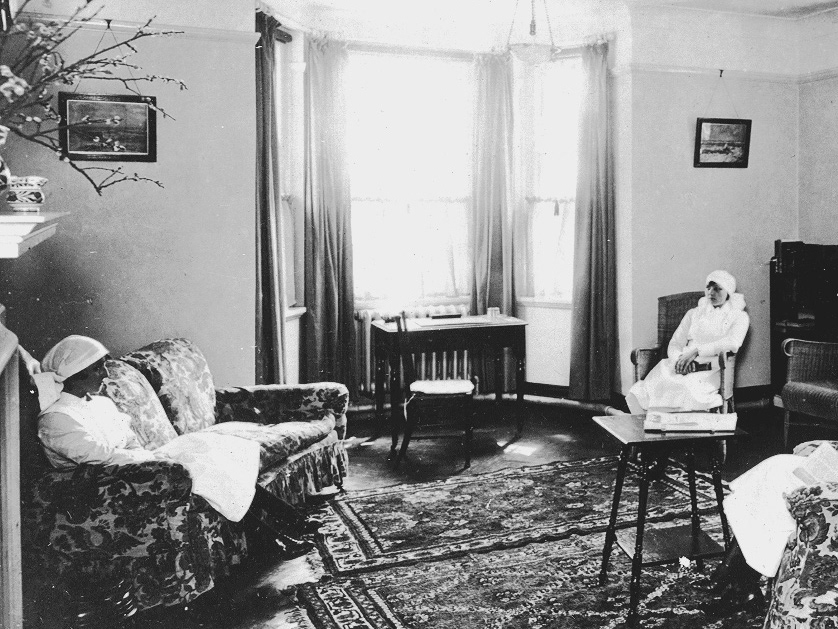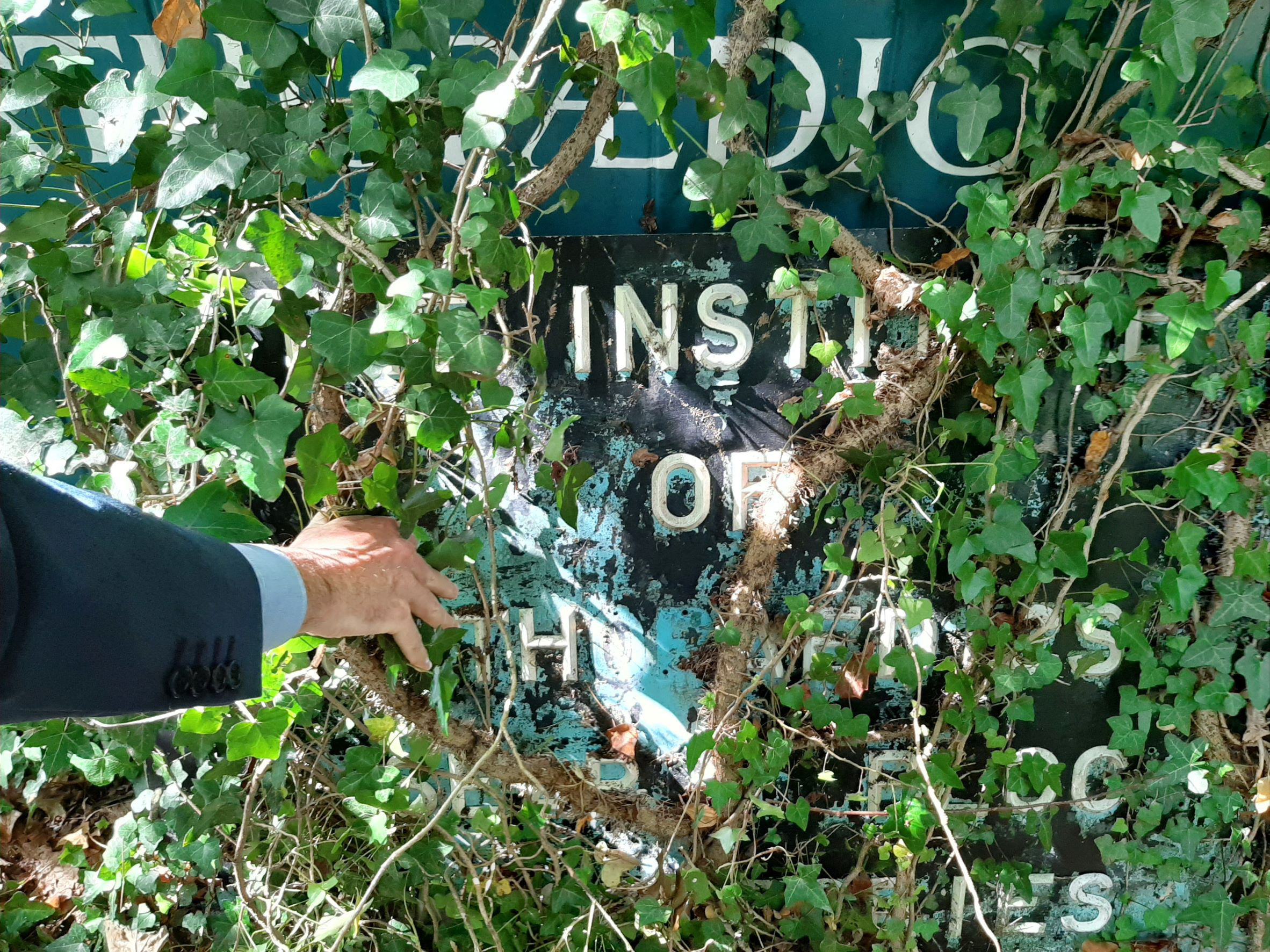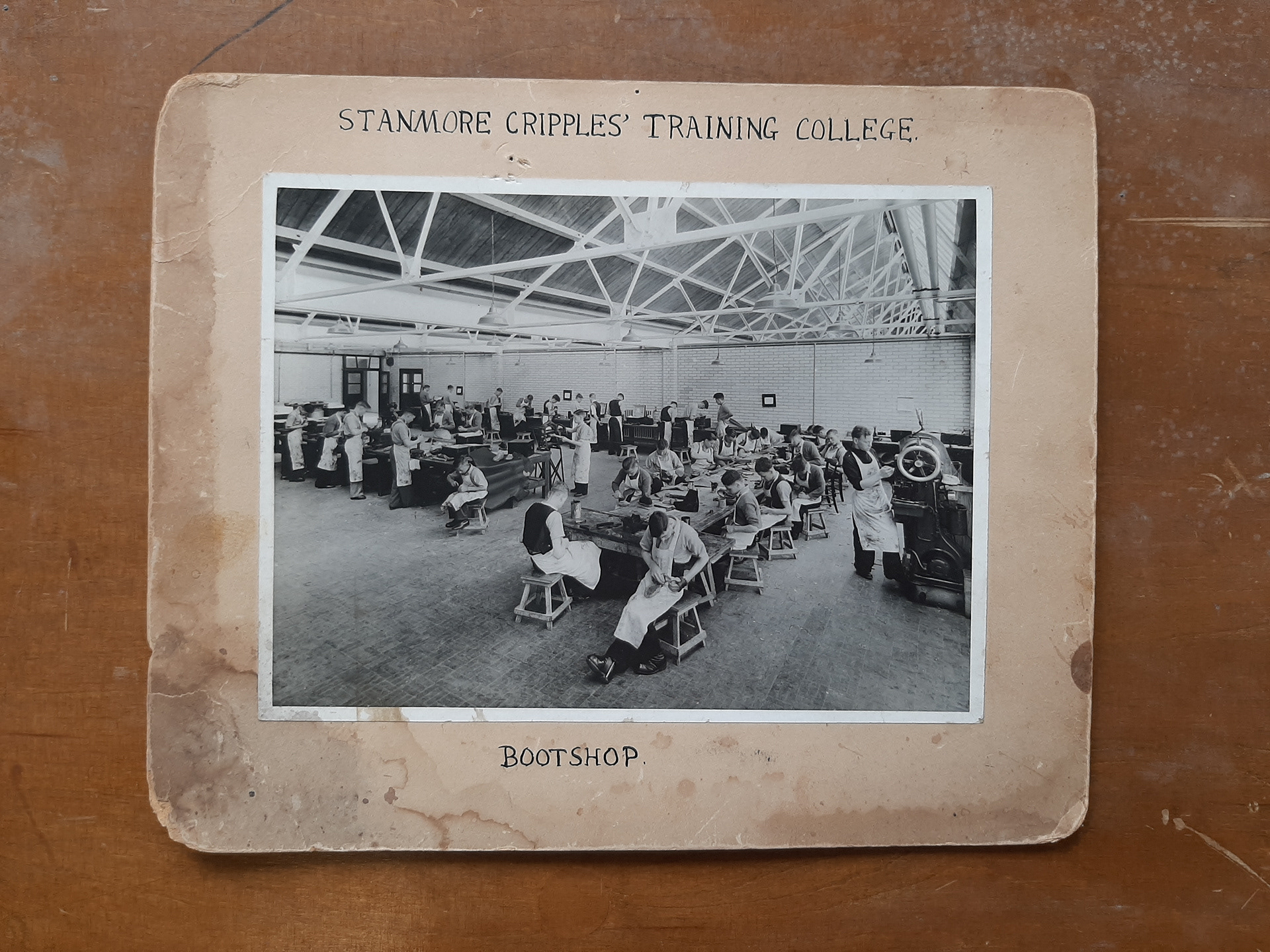'Hospital Life at Stanmore' c.1922. Found copy negative / Courtesy RNOH
'Photographic Archival Collection' / Nicola Lane 2019
The RNOH 'Country Branch' c 1921 / Courtesy Derek Sayers
Detail / courtesy Derek Sayers
RNOH 'Country Branch' / courtesy Derek Sayers
Detail showing 'Queen Mary Ward' / c. 1921 / Courtesy Derek Sayers
Demolition of Queen Mary Ward 1985 / courtesy Derek Sayers
Child's trolley at RNOH / Dr Paul Darke 2013
"Front Lawn" c. 1922 / courtesy Derek Sayers
"Summer Days" c. 1922 / courtesy Derek Sayers
1901 City Orthopaedic Hospital, Hatton Garden / Courtesy RNOH
"Chicken Run" 1922 / courtesy Derek Sayers
The Garden c.1922 / courtesy Derek Sayers
RNOH Country Branch Music Lesson, c. late 1920s or early 1930s / courtesy Derek Sayers
'The King's Breakfast', Special Edition, 1925 / Courtesy RNOH
'The King's Breakfast', Special Edition, 1925 / Courtesy RNOH
RNOH cuttings scrapbook / courtesy RNOH





